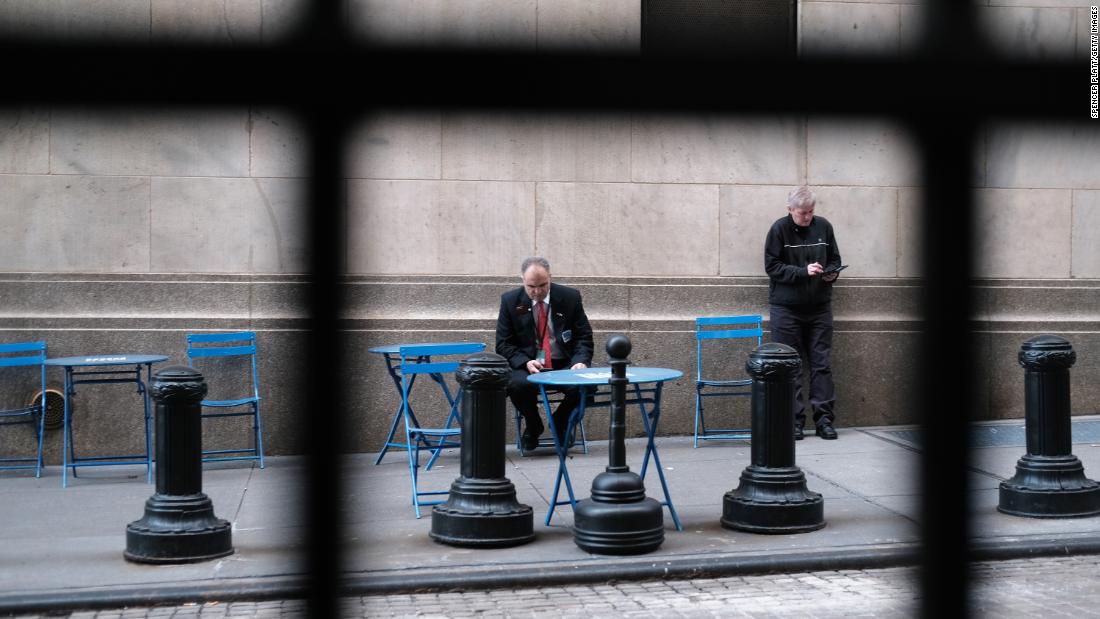[ad_1]

Stocks are inching closer to bear market territory, having dropped nearly 20% from their record highs in February as the market tries to price in the risk of the global coronavirus outbreak. Sandwiched between the bad days have been sharp rebound rallies that included the Dow’s best three days in history in terms of points gained.
If market strategists can agree on anything in these volatile times, it’s not to panic.
A diversified portfolio is built to withstand certain stress, and unless retirement is right around the corner, investors saving for life after employment will have plenty of time to even out recent losses.
Coronavirus, as scary as it might be for the economy, is also only a temporary factor.
All of this bodes well for a rebound after the coronavirus effect wears off.
“The underlying strength of economic conditions could make it possible for a quick rebound once it appears that the virus is under control,” said Brian Rose, UBS senior economist for the Americas. “With support from both monetary and fiscal policy, our base case is that a sustained downturn will be avoided.”
But worries are warranted
Risks to America’s longest economic expansion in history are growing, however.
There are three major areas to worry about, all of which are connected: the economy, the market and oil prices.
It will take a few more weeks before economic data points for the first three months of the year begin to trickle in, finally giving investors a look at the initial impact from the coronavirus outbreak.
But with cases increasing in the United States, second-quarter economic growth could also be at risk. Some forecast negative GDP growth between April and June. No matter if it’s negative or just slowing growth, though, the virus outbreak is expected to deal a hit to full-year GDP growth.
Deflationary pressures are getting stronger in the United States and around the world, which isn’t a good sign for economic recovery.
Saudi Arabia had ramped up production in the face of falling oil prices.
But the two nations can withstand much lower prices than US production, because those countries input costs for oil production are lower. This could lead to serious economic pain for corporations and workers in America’s oil-producing states likes Texas and Oklahoma.
[ad_2]
Source link

